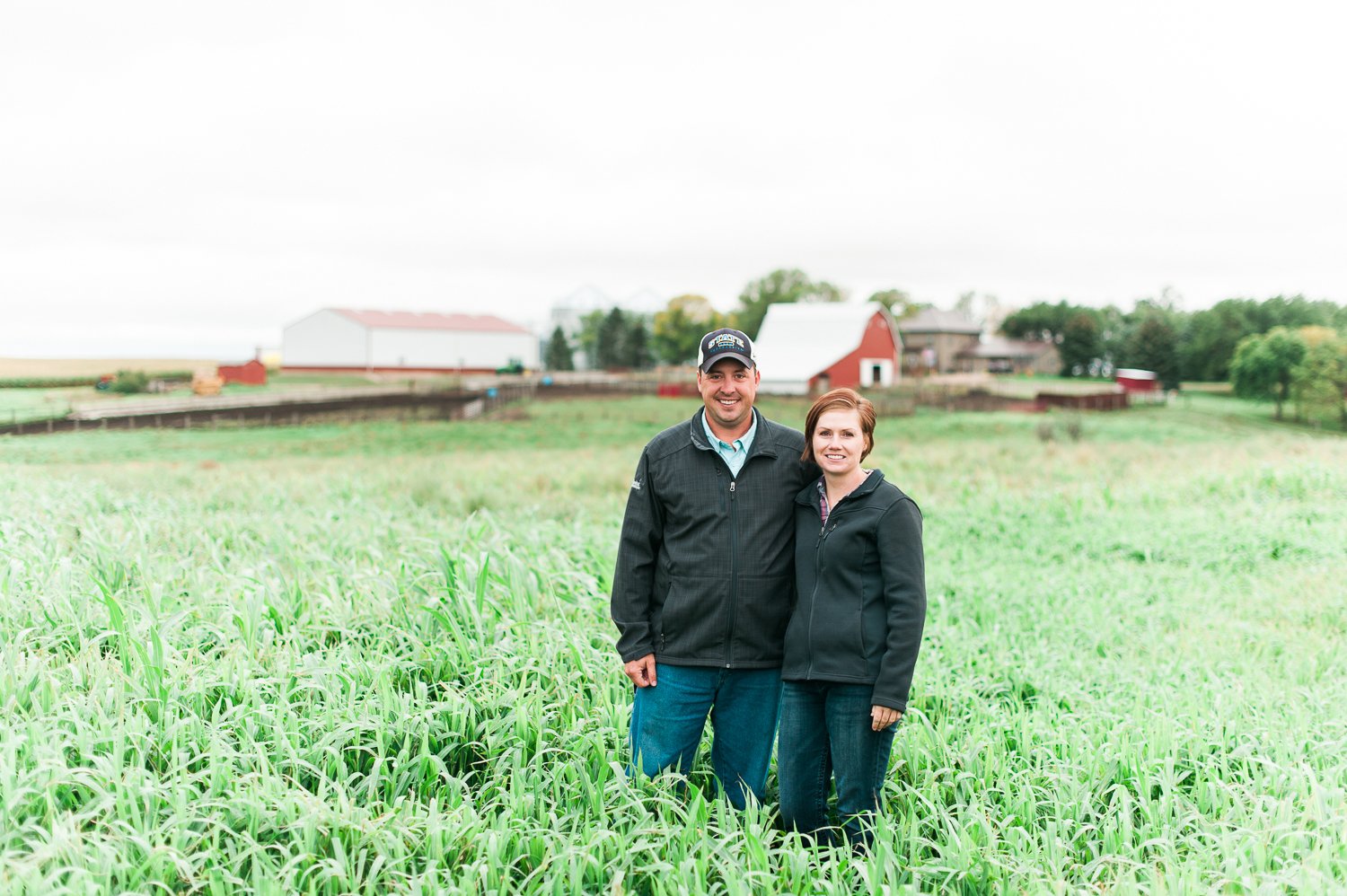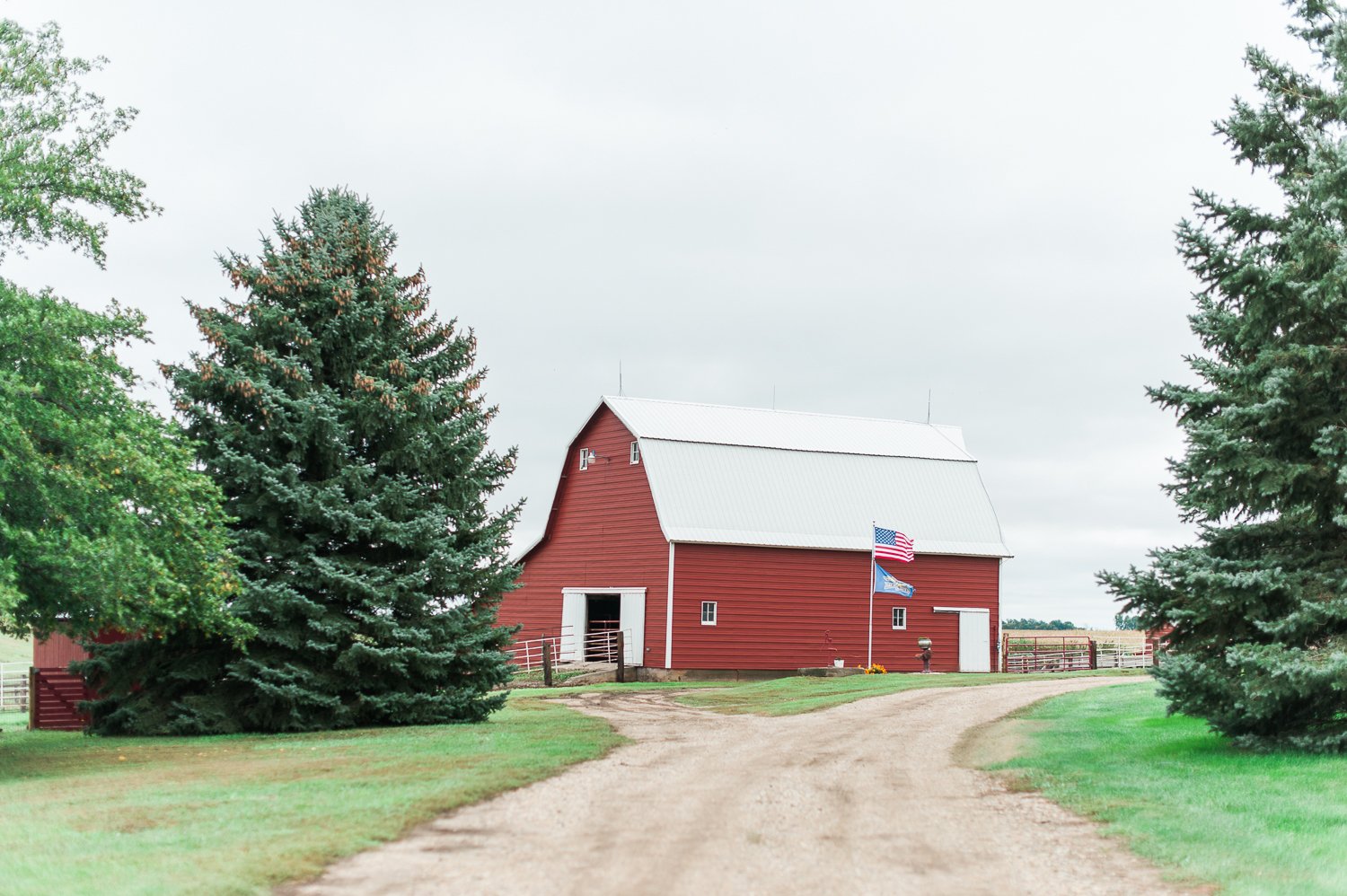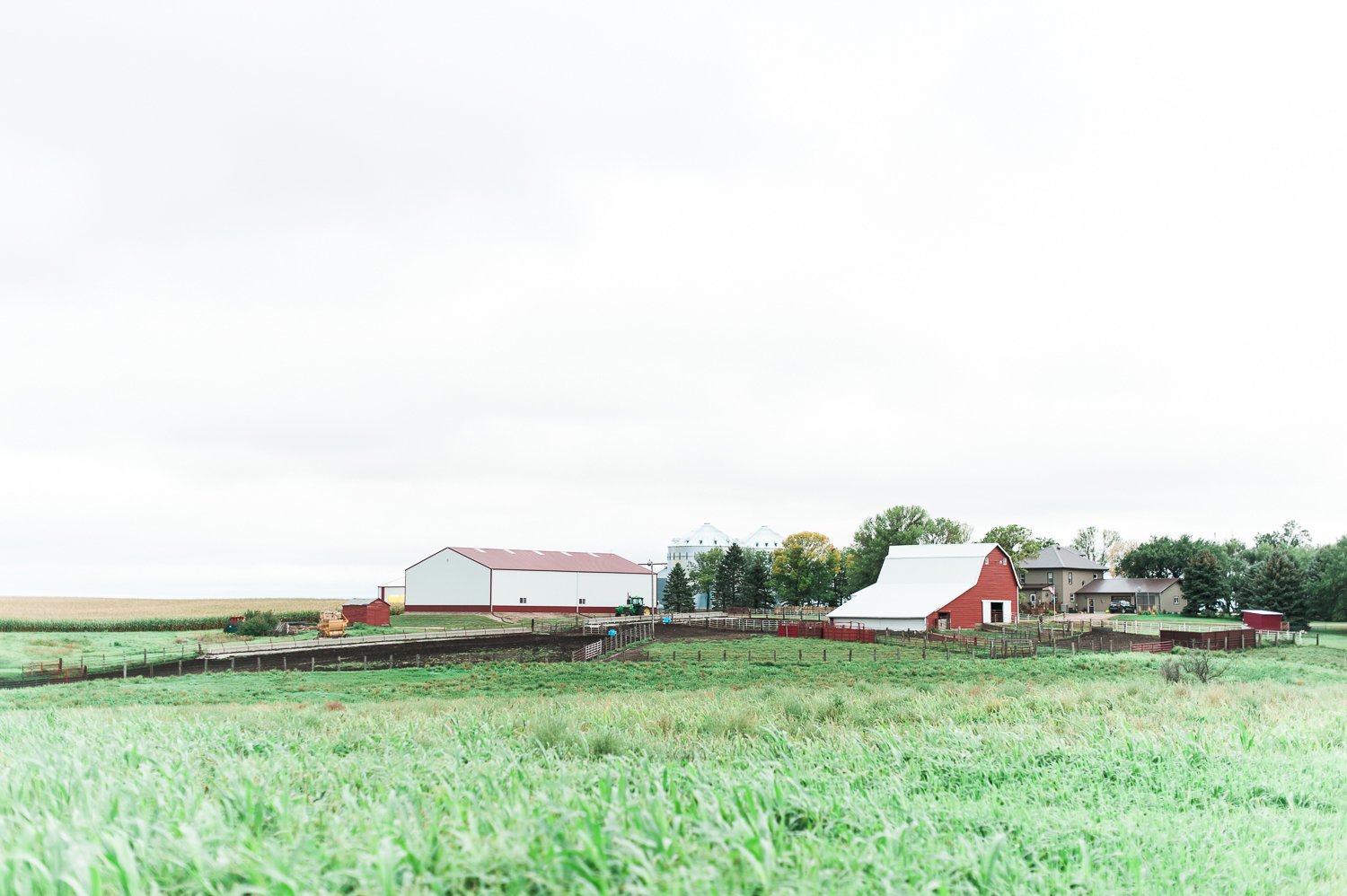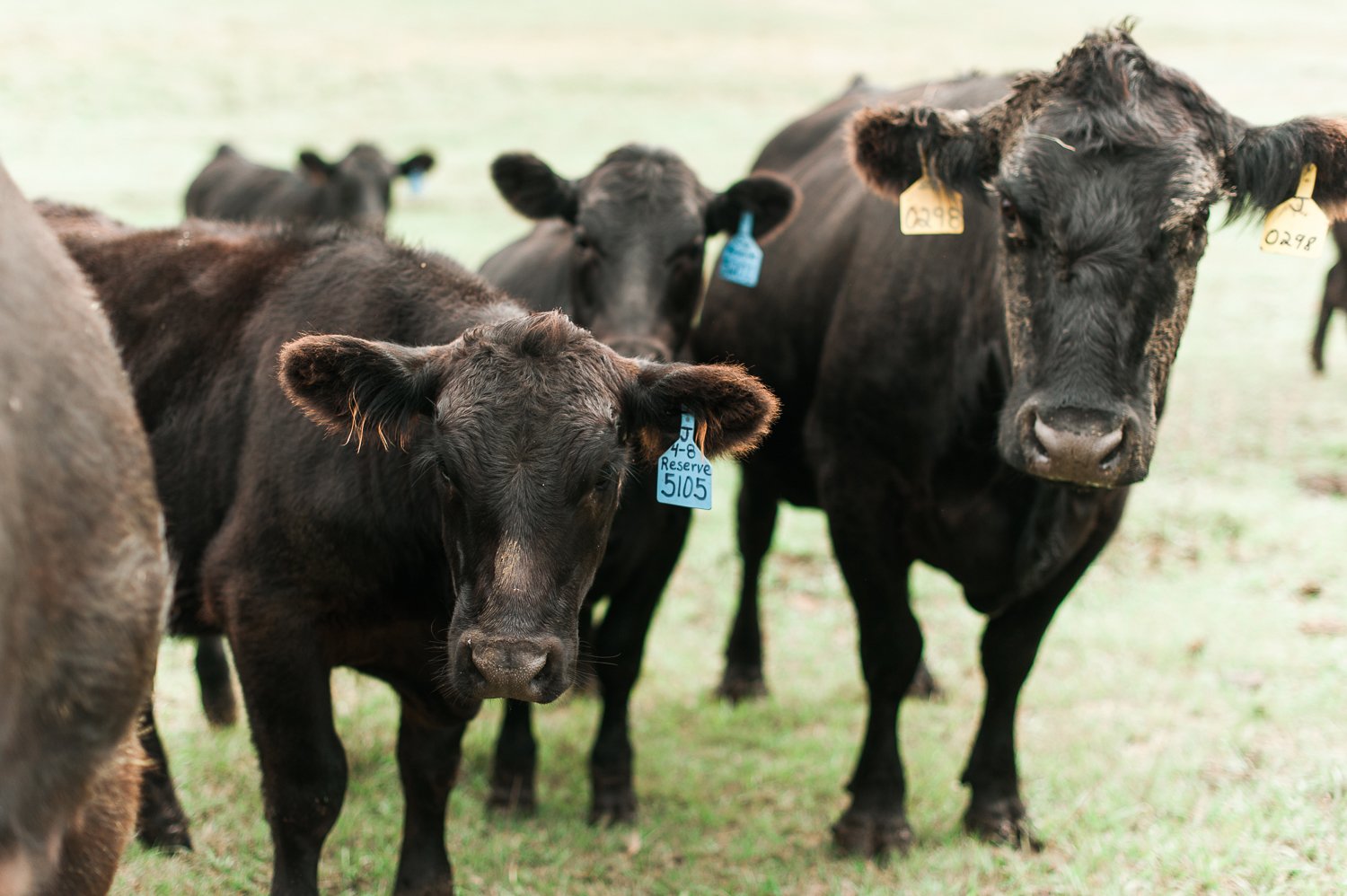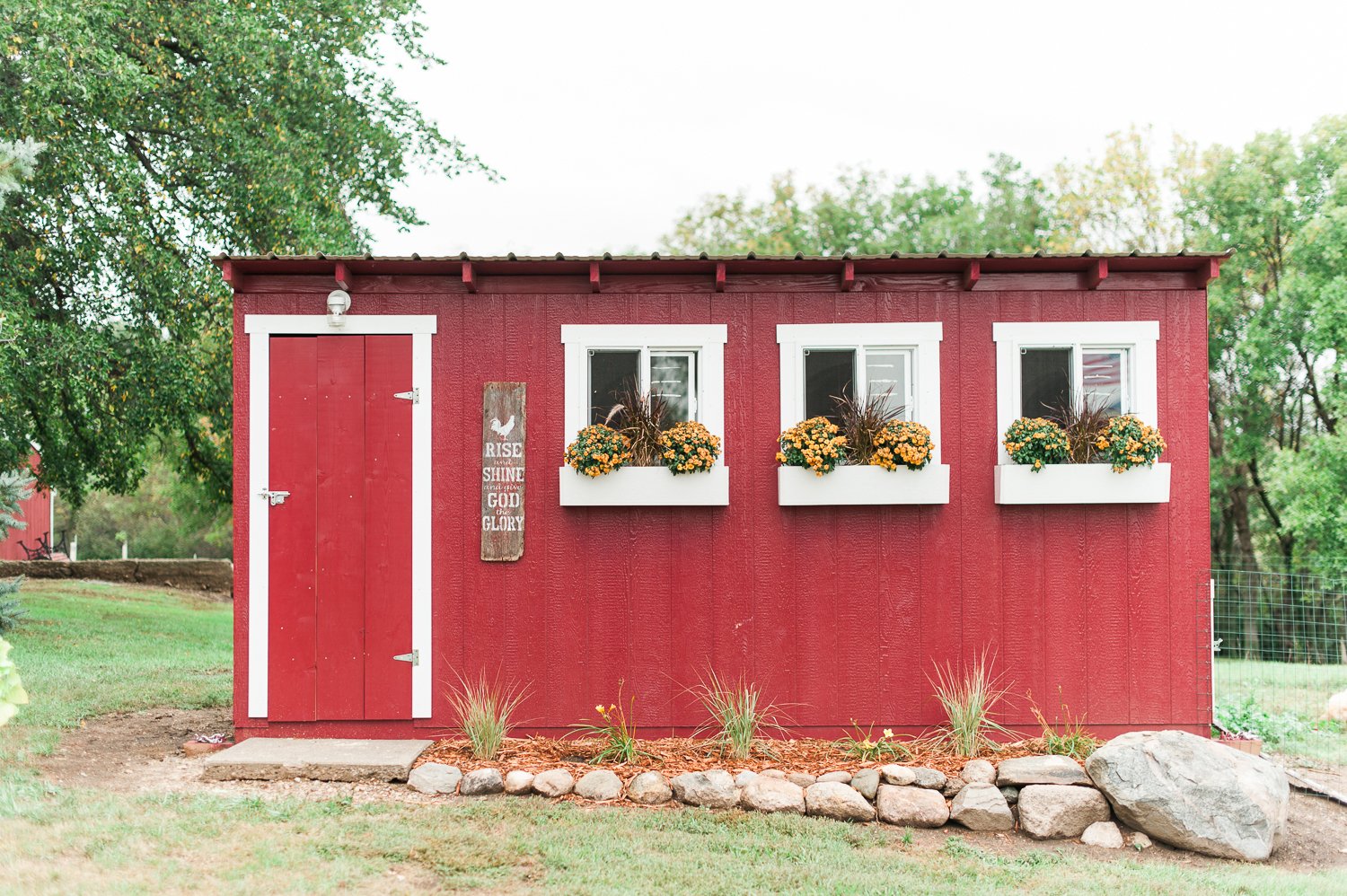Cover Crops Boost Sustainability on the Johnson Family Farm
Jamie Johnson doesn’t like to use the word sustainable to describe her family farm because taking care of the soil is just part of doing business. Like many South Dakota farm families, Jamie and her husband, Brian, are committed to using environmentally friendly practices like rotating crops, practicing no till and planting cover crops. They know the choices they make today have a big impact on the future of their farm and neighbors.
“It’s important to me to use the best practices for our kids and the families who depend on us for food,” said Jamie. “Healthy food comes from healthy soils. We can’t deplete our resources if we want our children to continue eating safe and healthy food.”
Jamie grew up on a ranch in Nebraska raising Angus cattle. She met Brian during a college internship, and they were a perfect fit. Soon, she found herself moving to Frankfort, South Dakota, to join Brian and his parents – Alan and Mickie – on their family farm. After 12 years of marriage and four kids, they are the fourth generation to take on the daily duties of running the farm.
This includes growing soybeans, corn and wheat, expanding their herd of Angus cattle and keeping their four chickens happy and healthy. Thanks to Brian’s parents who began practicing no till in the 1980s, the Johnsons had a sustainable foundation when they began experimenting with cover crops.
“We’re the experimental farmers you hear about who aren’t afraid to try new things,” said Jamie. “I believe in lifelong learning, embracing new practices, and being open to change. Nothing stands still in farming so we have to be good at adapting.”
For the past eight years, those experiments have yielded good crops and healthier soils. They even use cover crops to feed their cattle for part of the year to give the pastures a rest.
“We use two types of mixes for our cover crops. One is for grazing and includes radishes, turnips, millet, and sorghum-sudangrass. Our cattle eat it, and it’s also good for the soil,” said Jamie. “The other mix includes radishes, vetch, and lentils. We plant it in rows with our planter after harvesting wheat. The precise placement of our cover crop in rows is a great way to prepare the soil for planting corn the next growing season.”
They typically plant the cover crops in early August and let them grow throughout the fall until they freeze.
Sustainable practices also help the Johnsons reduce their use of pesticides.
“We do still spray to control weeds and insects, but we noticed that the more we keep our ground covered, the less issues we have. We only spray when necessary and are careful to use just the right amount.”
Spending a little less time in the field means more time for the other chores that pop up. According to Jamie, there’s always something to do, but the work is her favorite part of farm life.
“I know it sounds strange, but I love the work,” said Jamie. “I love that we all do it together as a family. We all want to be here raising cattle, producing healthy crops, and working together. No matter the season, there’s always something to look forward to.”

